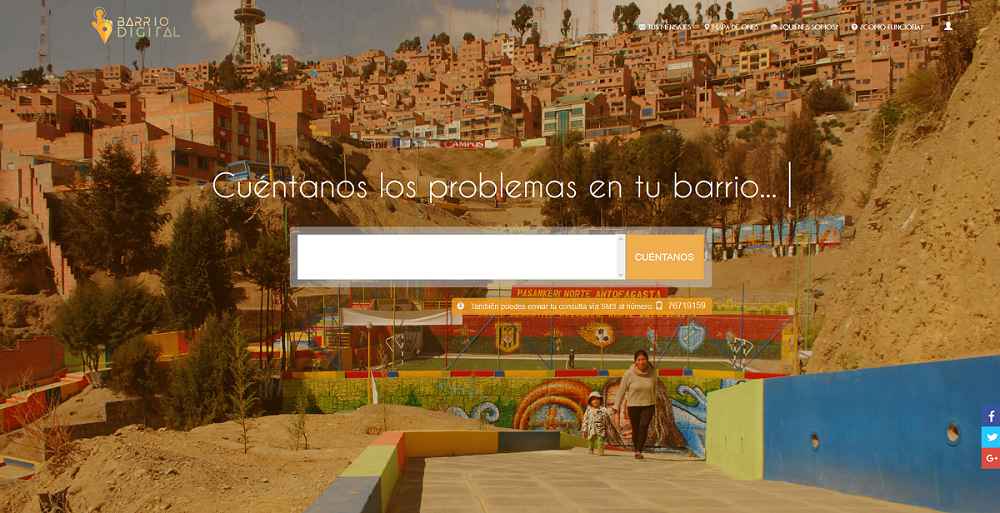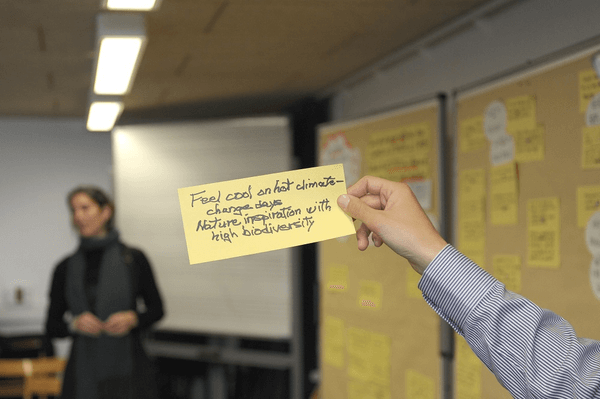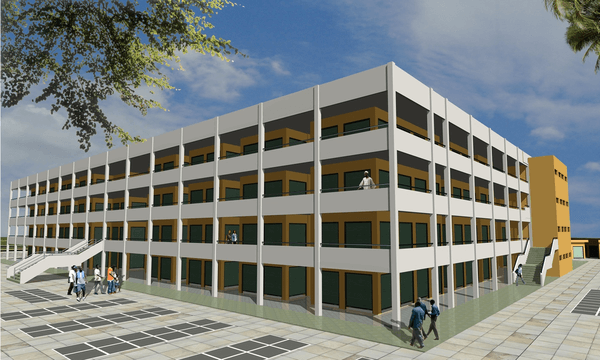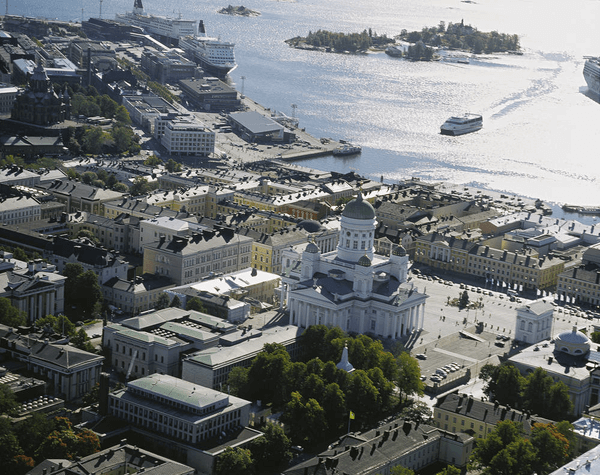City
La Paz
Main actors
City Government, Supranational / Intergovernmental Institutions, Community / Citizen Group
Project area
Metropolitan Area
Duration
Ongoing since 2016
Barrio Digital allows citizens to send real-time feedback, complaints and requests to the municipal government from their mobile phones or via the internet.
In October 2016, the city of La Paz in Bolivia launched Barrio Digital (Digital Neighborhood) to communicate more effectively and efficiently with citizens living in poor neighbourhoods and encourages civic participation and responsibility.
Barrio Digital relies on SMS and web technologies. If a citizen has a question or complaint, they can text it to a local phone number; the person receives a tracking number by return txt and they can use this tracking number to follow up and monitor the municipality’s response over time. Residents can also submit questions or complaints via a website. The website offers other features too, such as geo-referenced data on projects in each neighborhood.
Barrio Digital is based on customisable, open-source software that is maintained by the municipality and is compatible with the Barrios and Communities of Truth programs (PCVB), the Municipal Secretary of Public Infrastructure and the Autonomous Municipal Government of La Paz.
External links / documents
On Map
The Map will be displayed after accepting cookie policy




